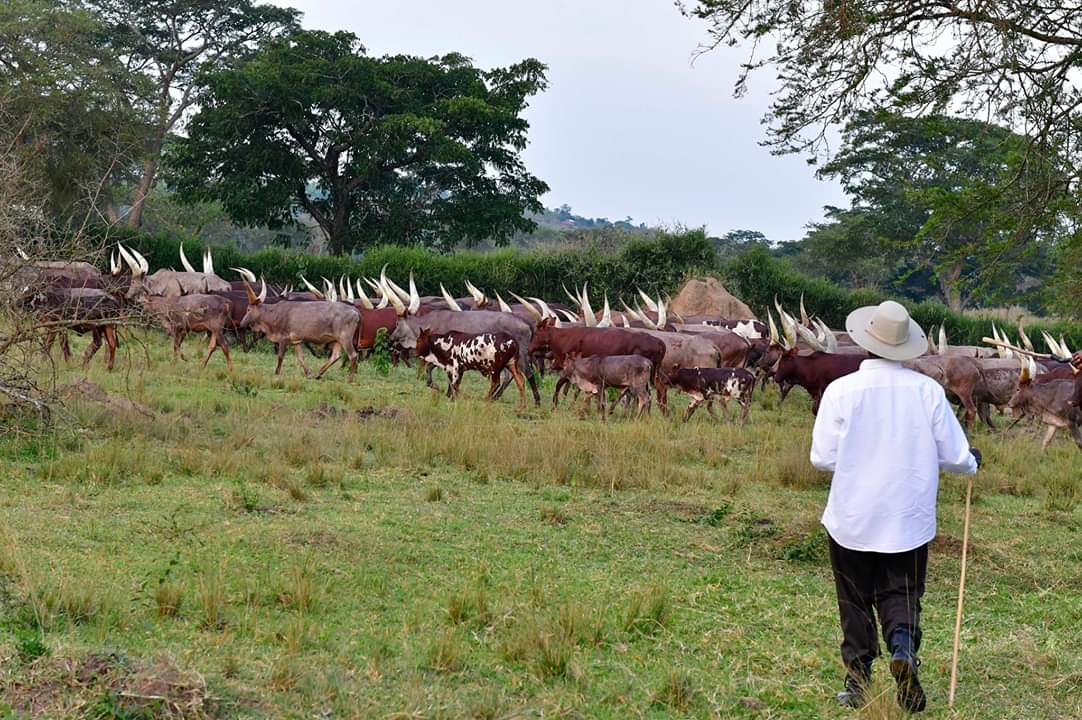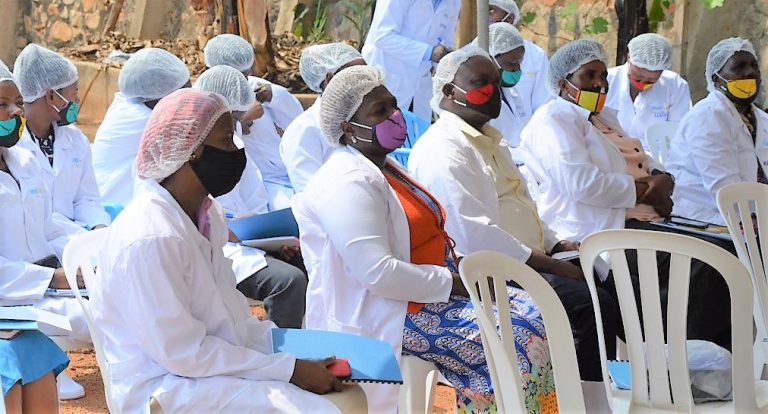With coffee, you can make good money even in a small acreage. With cotton, you can only make money if you have a big acreage. In the North and East, in those years, the populations were still small, and, therefore, the land could not have been the problem. What, then, was the problem? Why were people not building better houses?
In the Ankole area, the people were staying in grass-thatched huts because there was no cash-crop production- no coffee, no cotton, no dairy industry, no serious beef industry beyond the monthly cattle auction markets that, again, only catered, where the parents were enlightened enough, for school fees, like in my family’s case.
By 1954, I can only remember 3 mabaati-roofed houses in the two parishes of Kikoni and Nyaburiza – two belonged to local colonial chiefs and one belonged to a trader. Apart from the mabaati roofs, the three lonely houses were made of the flimsy wattle, reeds and mud walls (emuli- emiingo and ebikondo).
The bricks or the Cement blocs were unheard of. Yet, many families had a lot of land, cattle, big banana plantations etc. It was, however, all for, mainly, traditional purposes of subsistence.




